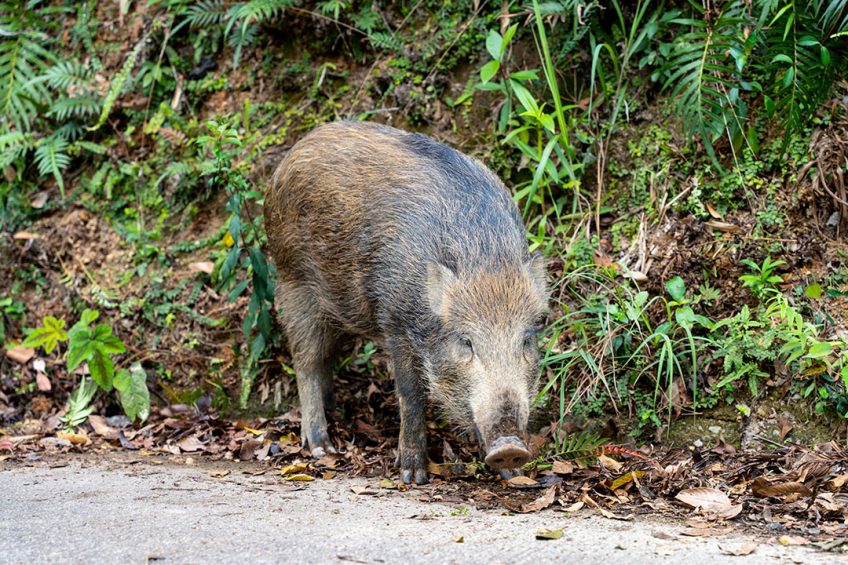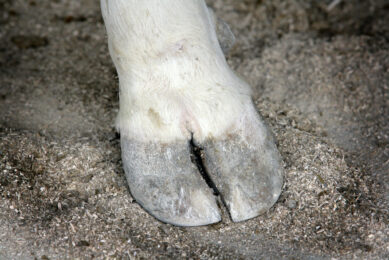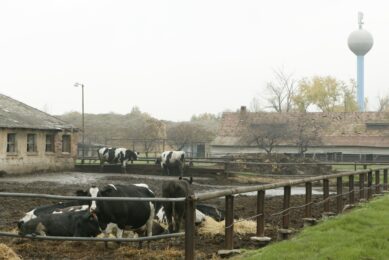ASF Asia: Virus likely in wild boar; Korea prepares for second wave

Scientists have pointed out the likelihood that African Swine Fever is circulating unnoticed in wild boar populations in Asia. In the meantime, South Korea is gearing up for a second wave in wild boar, flooding hampers China’s restocking and Myanmar reported new outbreaks.
Timothée Vergne and Claire Guinat, 2 researchers from the National Veterinary School of Toulouse, France and Dirk U. Pfeiffer, City University of Hong Kong, sent a research letter to the journal Emerging Infectious Diseases, a publication by the Centers for Disease Control in the United States. In the letter, which was published online mid-July 2020, the authors pointed out why ASFv is likely circulating in wild boar populations in Asia.
Newly described epidemiologic cycle for ASFv
Mentioning the situation in Belgium and the Baltic states, the scientists referred to a newly described epidemiologic cycle for ASFv, suggesting that “the virus might maintain itself within wild boar populations and occasionally spill over into domestic pig farms. This newly described epidemiologic cycle proposes direct transmission among wild boar and indirect intraspecific transmission through contaminated wild boar carcasses.”
Highly suitable for wild boar
The scientists stated that maps of predicted habitat suitability suggest that most areas of East and South East Asia are highly suitable for wild boar. They wrote, “Although information is limited about the spatial distribution of wild boar in Asia, studies suggest that in some regions of China, wild boar density could be similar to that of eastern Poland.”

Track the movement of African Swine Fever
For everything you need to know about ASF, from the latest outbreaks to controls stay up to-date…
Substantial wild boar death
They continued, “The widespread presence of ASFv in pigs in Asia implies regular environmental spillover from the pig supply chain. Therefore, it is highly likely that ASFv is already widely circulating within some wild boar populations in Asia, causing substantial wild boar death.”
The scientists concluded: “We argue that long-term success of ASF control in Asia is possible only with risk-based ASF surveillance in wild boar populations by a multisectoral effort of wildlife and agricultural departments.”
ASF South Korea: 666 wild boar found infected
One location where plenty of information is coming from is South Korea. The Korean authorities have been meticulously reporting every wild boar carcass in the north of the country, close to the Demilitarised Zone (DMZ) at the border with North Korea. Ever since September 2019, when the virus was confirmed in the country for the first time, 666 wild boar were found in this area which tested positive for ASF. They were all found within 30 km from the border with North Korea, the vast majority in the border provinces Gyeonggi and Gangwon.
Apart from 14 pig farms found infected in September 2019, right at the beginning, no further pig farms have been found infected since October 2019. The wild boar were found mostly on the eastern half of the peninsula, but a few cases were discovered at the side of the Pacific coast.
Trend going down with found ASF numbers
In data supplied to the World Organization for Animal Health, it is possible see a trend going down with regard to reported infected wild boar. In the whole of July, so far 22 positive wild boar were found (see map above – the purple indicators point to recent finding sites). In March, however, there were 190 discoveries of infected carcasses. The reduction could be a seasonal effect, similar to what is happening in Poland.
Preventing a possible secondASF wave
South Korean news agency Yonhap reported that South Korea is making efforts to prevent a possible 2nd wave of outbreaks of ASF on local farms. An official from the South Korean ministry of Agriculture, Food and Rural Affairs said: “We are making site visits to local farms to check if they have beefed up their facilities to fight the virus. Authorities are also monitoring all vehicles entering the farms through global positioning systems.”
The official continued to say, “The level of anti-disease measures should be significantly different nowadays compared with the pre-outbreak period. We plan to speed up the installation of fences at local pig farms to prevent their contact with wild boars.”

In North Korea, only 1 ASF outbreak has so far been officially reported
ASF China: Floods hampering restocking
China has officially not reported any ASF outbreak since early June. Nevertheless, analysts and industry sources told news agency Reuters that outbreaks are surging in some parts of southern China following heavy rains – impeding restocking of farms.
China is currently restocking its farms with fresh genetics. Heavy rains and flooding across China’s south since mid-June, however, appear to have triggered fresh ASF cases, hurting restocking efforts, said Zheng Lili, chief analyst with consultancy Shandong Yongyi.
He said a survey of small pig farmers, corporate farmers, traders and slaughterhouses in 20 provinces revealed dozens of ASF cases had occurred since the heavy rains in Guangdong province, the Guangxi region and other areas, which would include medium to large farms.

Read more about pig health in the Pig Progress Health Tool
How rain can affect biosecurity
Analysts said that farmers typically bury infected pigs, and the rains may have spread the disease via groundwater. Plus, biosecurity measures at many farms in the south would not be equipped to resist such rain.
In the south of China, Reuters wrote, live hog prices have gone up again, with prices in Guangdong hitting 41.6 yuan ($ 5.96)/kg last week. Officially, the Chinese authorities reported 186 cases of ASF in total. According to Reuters, China’s hog herd shrank last year by around 180 million pigs, or 40%. Other estimates go as high as 60%.
ASF Myanmar: third state infected
Updates from various other countries in South East Asia are coming in sparsely. Myanmar recently reported an outbreak on a farm in Kayah State, bringing the total to 3, out of 15 states and regions. Earlier, locations were hit in Shan State and Kachin State. The farm in Kayah State, close to the town Loikaw, contained 120 animals, of which 91 died of the disease. As the crow flies, the farm was at 77km from the border with Thailand.

Interview: Biosecurity as remedy against ASF
ASF East Timor: Australia monitoring the situation
East Timor has not reported any new outbreaks of ASF since November 2019. Nevertheless, the situation on the peninsula is being followed intensively by the Australian authorities, as it brought the virus within 600 km of the Australian soil.
A project, based at Australia’s University of Queensland (UQ), is therefore coordinating a strategic effort in partnership with regional and international stakeholders to develop a tool to assess the impact of ASF on livelihoods and the broader national economy.

The hope is that this tool will allow governments, agencies and donors to better inform policy decisions around the long-term approach to ASF control in the Asia-Pacific region, drawing together epidemiological information and socio-economic data on the disease’s impacts so that investments to control ASF in the region can be better coordinated.
Another island north of Australia, Papua New Guinea, reported outbreaks of ASF early March 2020. So far, these have been the only outbreaks known.











